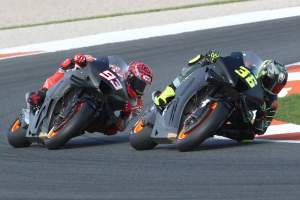until Abu Dhabi Autonomous Racing League

As Yamaha test rider Cal Crutchlow went about his sudden 2022 race programme, replacing the retiring Andrea Dovizioso at RNF for the closing six-race stretch of the season, the perception was that the veteran MotoGP returnee was doing an extremely credible job.
His bosses were certainly gushing – “he gave us some help, this has been very good” was the assessment of team manager Massimo Meregalli – and are very keen on giving him more race outings in 2023, with Crutchlow having made a case, solid if not ironclad, for having been the second-best Yamaha rider of the stretch (and maybe the whole season).
He also never finished in the top 10 and never qualified higher than 15th.
This isn’t to denigrate Crutchlow. As tempting as it is to retaliate for that one time he took the mick out of me for showing up to a media scrum in a (weather-appropriate) Chelsea jersey, the 37-year-old was clearly a significant and impressive asset to Yamaha as a sub.
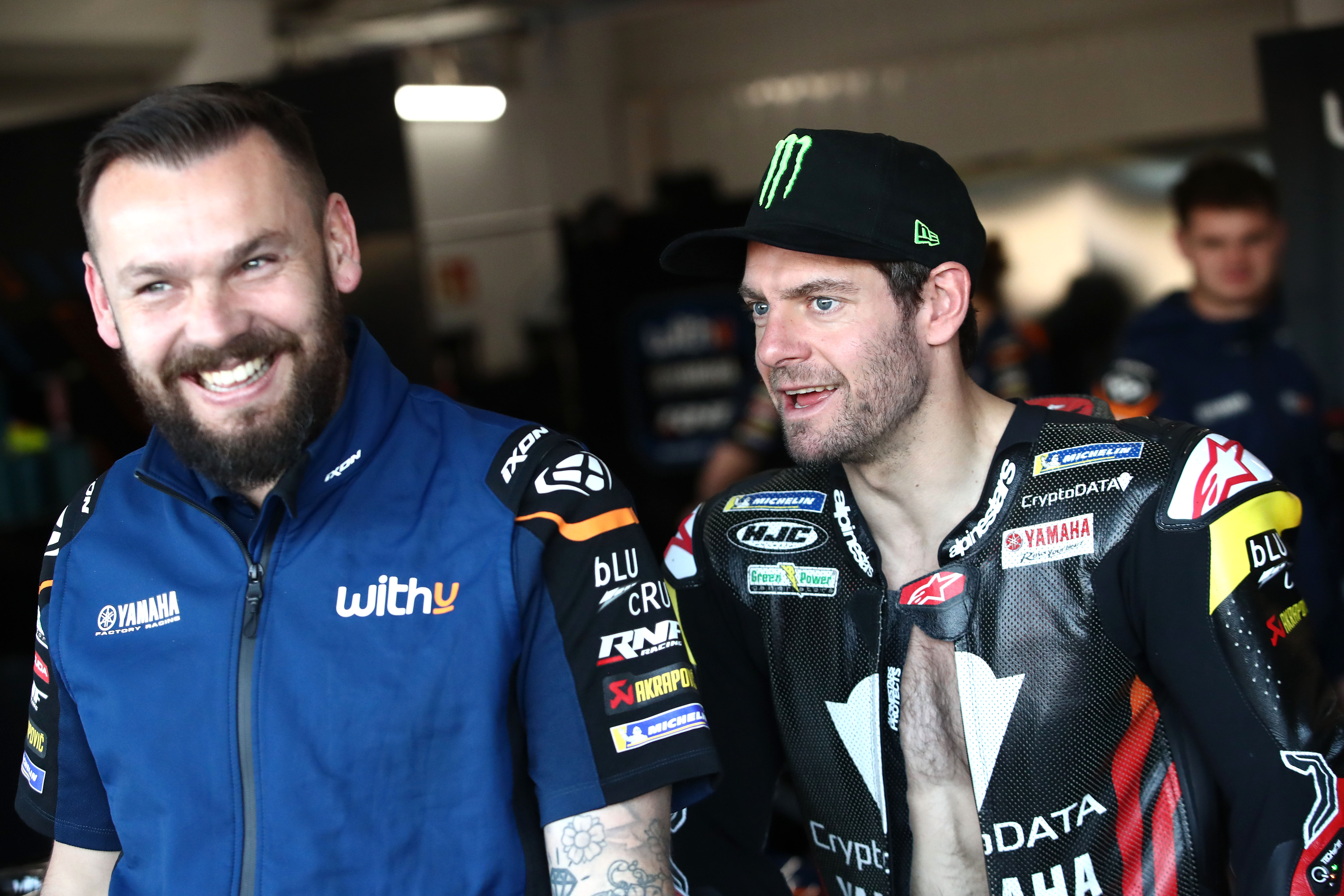
But go back a decade and a half prior. The 2006 MotoGP season finale in Valencia, best known for the Valentino Rossi crash that crowned the late Nicky Hayden, was also the first premier-class appearance of the season for a 37-year-old Troy Bayliss – turning up as a Ducati stand-in after having already taken it to that year’s World Superbike title.
And what did Troy Bayliss do? Win, of course, leading all 30 laps along the way.
You may point out that both Bayliss and Crutchlow aren’t strictly wildcards here, but rather replacement riders, which is a meaningful distinction – wildcards are extra entries, often for development work specifically, while replacement riders fill temporary holes in line-ups.
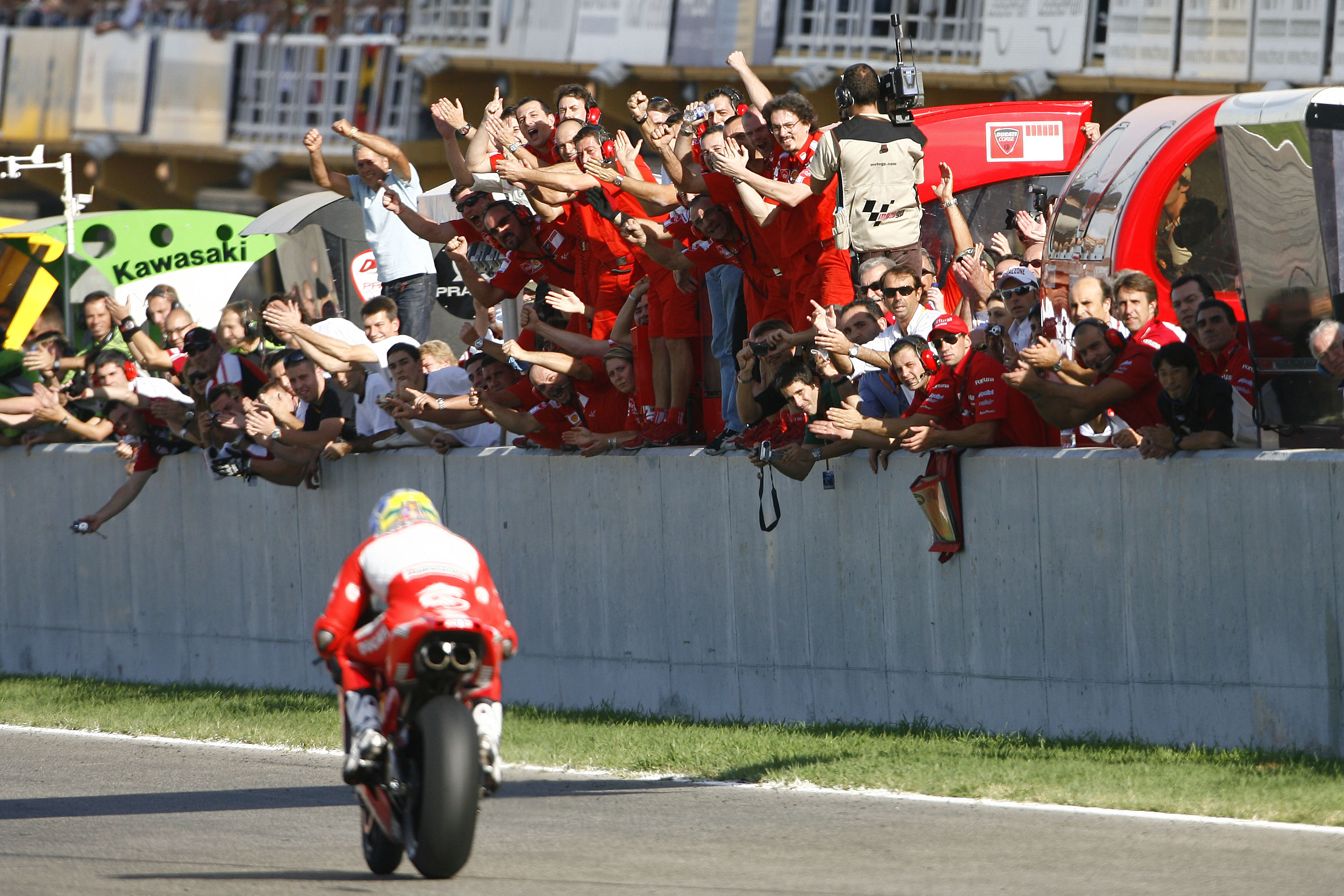
But the line is often blurred, especially right now, and ultimately come Sunday afternoon the goal for riders in both categorisations is almost always to deliver the best possible race result.
The modern equivalent of Bayliss’s triumph would be Alvaro Bautista, 38, rocking up and claiming the top step in an upcoming race. Pecco Bagnaia and co. would never hear the end of it.
But, in modern MotoGP, though Bautista is pretty great, that kind of result is total fantasy land. You only need to look at the mass of wildcards and replacement riders who raced in 2022 to see it.
Beyond Crutchlow, there was Stefan Bradl, both wildcarding for Honda and doing seven races in Marc Marquez’s stead. There was also tester Lorenzo Savadori with five outings for Aprilia and long-serving Ducati test rider Michele Pirro, making use of the three wildcards permitted to non-concession teams (as opposed to six for those with concessions). And then there was a substantial number of late-season cameos over at Honda and Suzuki.
And none of those riders spent a single lap in the top 10 across 29 starts, with an average qualifying of 20.3, an average finishing position of 18.3 and an average deficit to first place of 37.1 seconds.
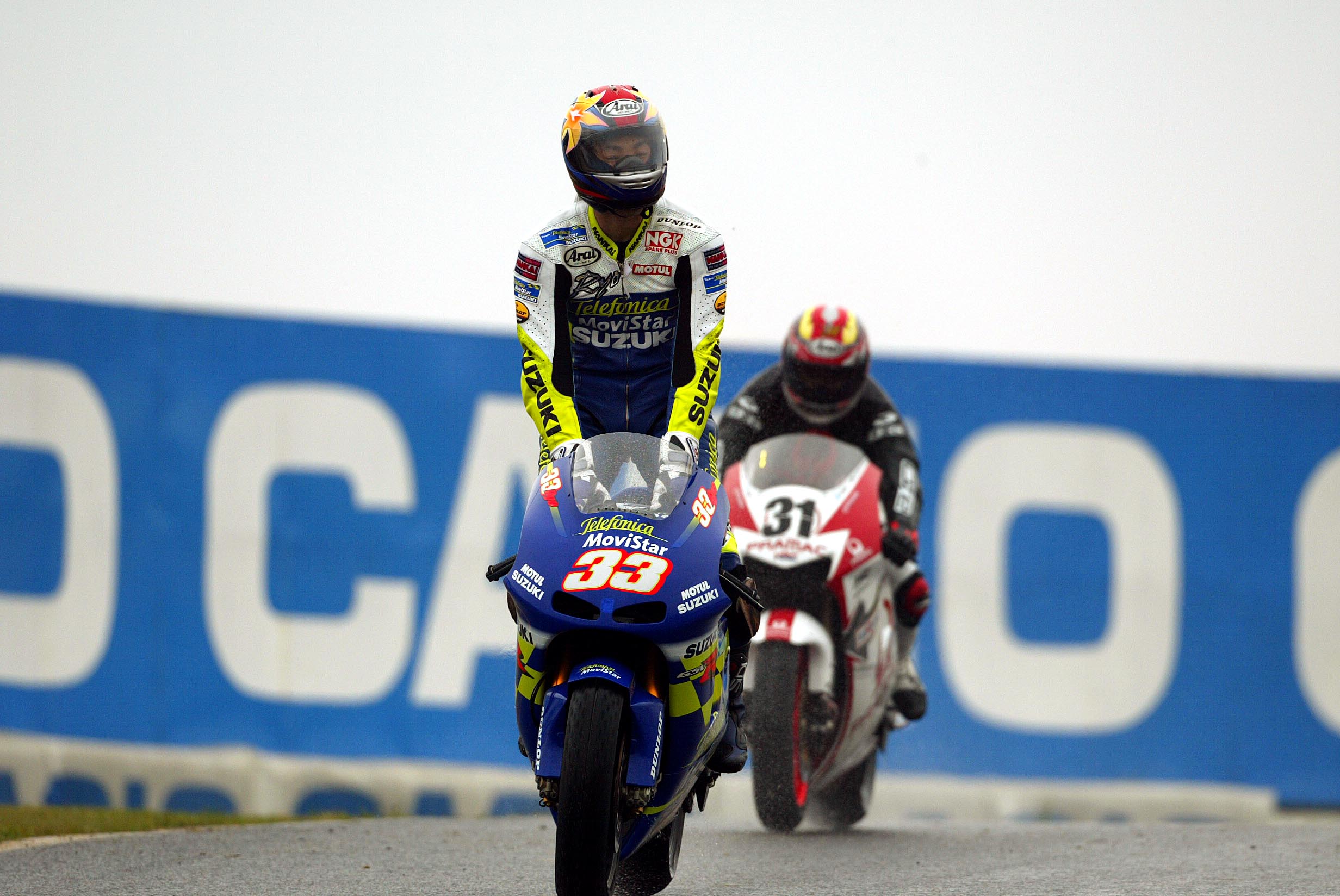
Compare that to some of the wildcards from past eras. In the very first race of the MotoGP class in 2002, Suzuki tester Akira Ryo (pictured above) was second – just a second and a half behind Valentino Rossi – and fellow wildcard Shinichi Ito was fourth. A decade and a half later, the aforementioned Pirro was racking up top-10s and even top-fives in his Ducati role.
And – although we are steering back into ‘replacement rider territory’ here – how about 2012?
Not only did veteran Japanese tester Katsuyuki Nakasuga finish second in a wet Valencia finale subbing for Ben Spies, but Jonathan Rea – with little prior MotoGP experience – had been firmly in the top 10 in his two appearances as Casey Stoner’s stand-in.
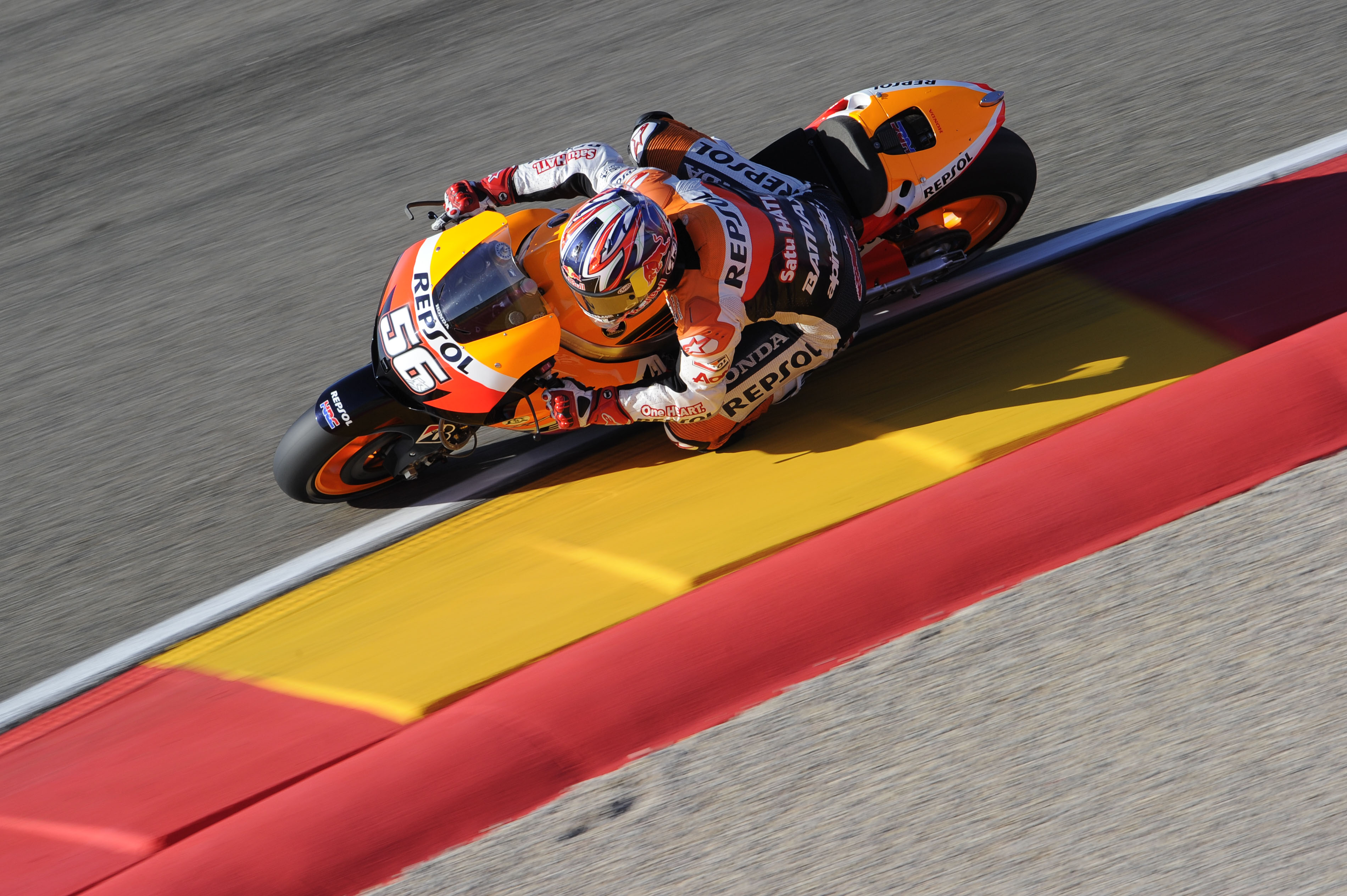
You do that in current MotoGP, stick it into the top 10 as a complete newcomer, and you’ll get contracts drawn up by multiple teams before you even make it back to the pits. Like, they’ll hack your dashboard to make an offer.
So, what’s gone on there? Are MotoGP’s stand-ins collectively worse than they used to be?
Well, it’s not a hypothesis that can be dismissed out of hand, but both common sense and the numbers suggest it’s not the case.
For a simplistic statistical overlook, I’ve taken five MotoGP seasons in five increments to compare how the true part-timers – which I’ve decided will be six starts (the current concession wildcard limit) or fewer for the season – fared.
The six-start limit removes 2022 Bradl from the equation, as well as 2002 Ryo, but it’s a small price to pay for discounting the aborted 2007 season of Kenny Roberts Jr., which just doesn’t fit the theme of this feature at all. It’s an arbitrary number, six, but so is any other one.
Part-timers compared
| Year | Starts | Avg. Grid | Avg. Finish | Avg. Gap to 1st |
| 2002 | 28 | 18.2 | 13.6 | 1m02.3s |
| 2007 | 18 | 16.6 | 14.5 | 54.5s |
| 2012 | 19 | 17.6 | 11.9 | 52.2s |
| 2017 | 17 | 18.5 | 14.1 | 44.7s |
| 2022 | 29 | 20.3 | 18.3 | 37.1s |
Riders
2002 – Pere Riba, Jose Luis Cardoso, Alex Hofmann, Andrew Pitt, Jean-Michel Bayle, Shinichi Ito, David Garcia, Akira Yanagawa, Wataru Yoshikawa, Yukio Kagayama, Sylvain Guintoli
2007 – Olivier Jacque, Chaz Davies, Kosuke Akiyoshi, Fonsi Nieto, Michel Fabrizio, Andrew Pitt, Shinichi Ito, Ivan Silva, Roger Lee Hayden, Akira Yanagawa, Nobuatsu Aoki, Miguel Duhamel
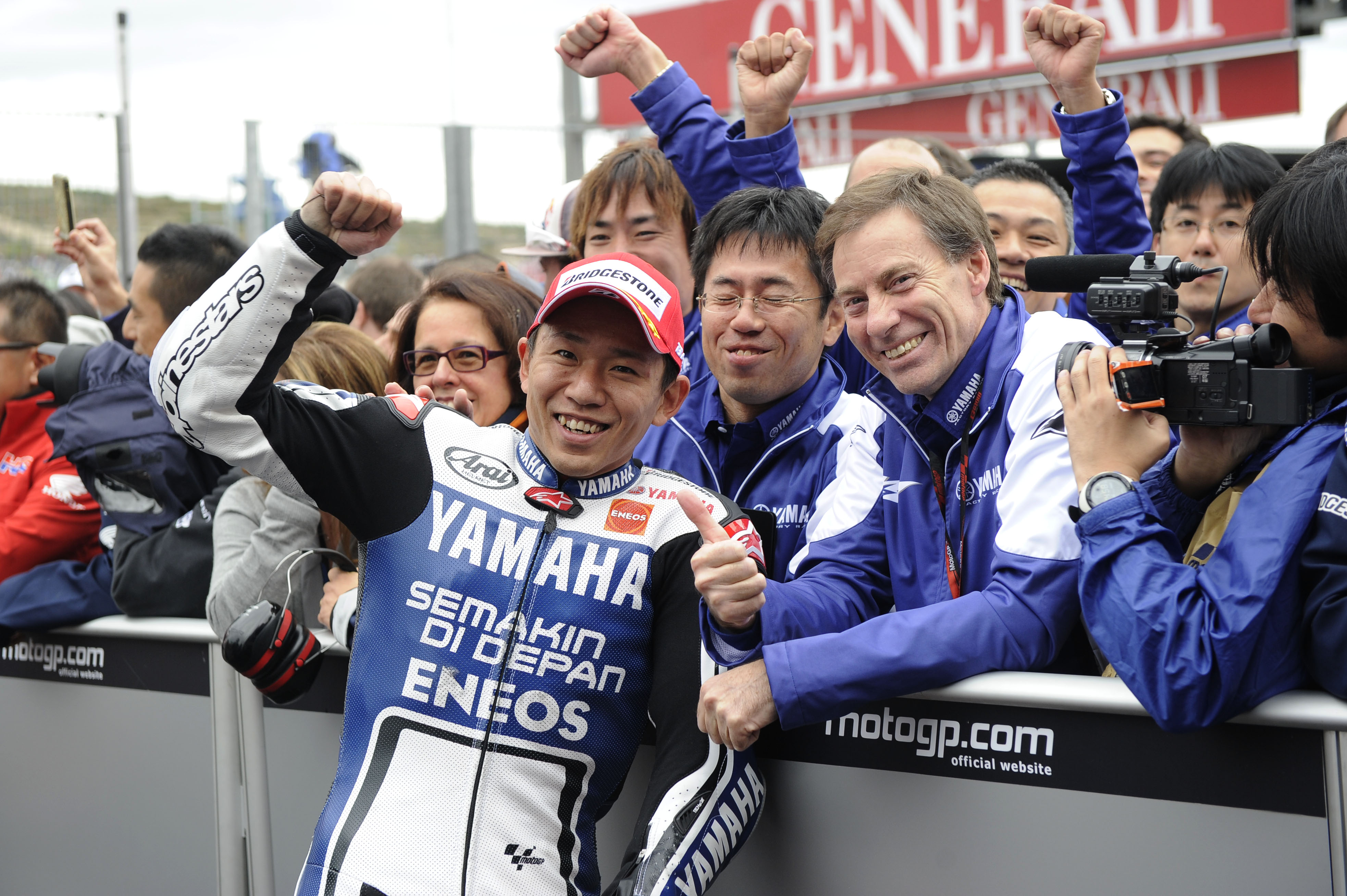
2012 – Roberto Rolfo, Toni Elias, Jonathan Rea, Katsuyuki Nakasuga, David Salom, Franco Battaini, Steve Rapp, Aaron Yates, Hiroshi Aoyama, Claudio Corti, Chris Vermeulen
2017 – Mika Kallio, Sylvain Guintoli, Michele Pirro, Michael van der Mark, Broc Parkes, Kohta Nozane, Katsuyuki Nakasuga, Takuya Tsuda, Hiroshi Aoyama
2022 – Cal Crutchlow, Lorenzo Savadori, Testuta Nagashima, Michele Pirro, Kazuki Watanabe, Takuya Tsuda, Danilo Petrucci
As you can see, the general bunching up of the MotoGP grid is also true for the wildcards and replacement riders. The bikes are better across the range of marques, the specs are better and, though the qualifying and race positions tell a different story, it feels intuitively right to suggest the riders are better.
It’s just that the playing field has changed, and the grid evening out has made sniping a result that much more difficult. A wildcard for a top factory is no longer given equipment that’s a shoo-in for a top 10 finish – because nothing is that anymore – and though the variance in terms of race winners and podium finishers is super high, the week-to-week laptime variance for the average rider may well be lower.
So, even if you absolutely nail your weekend as a stand-in, there is still always a built-in knowledge and experience deficit and there are now more riders who on a week-to-week basis will do a good enough job (on more consistent bikes that they will have had more races to set up for themselves) to make that deficit effectively unassailable.
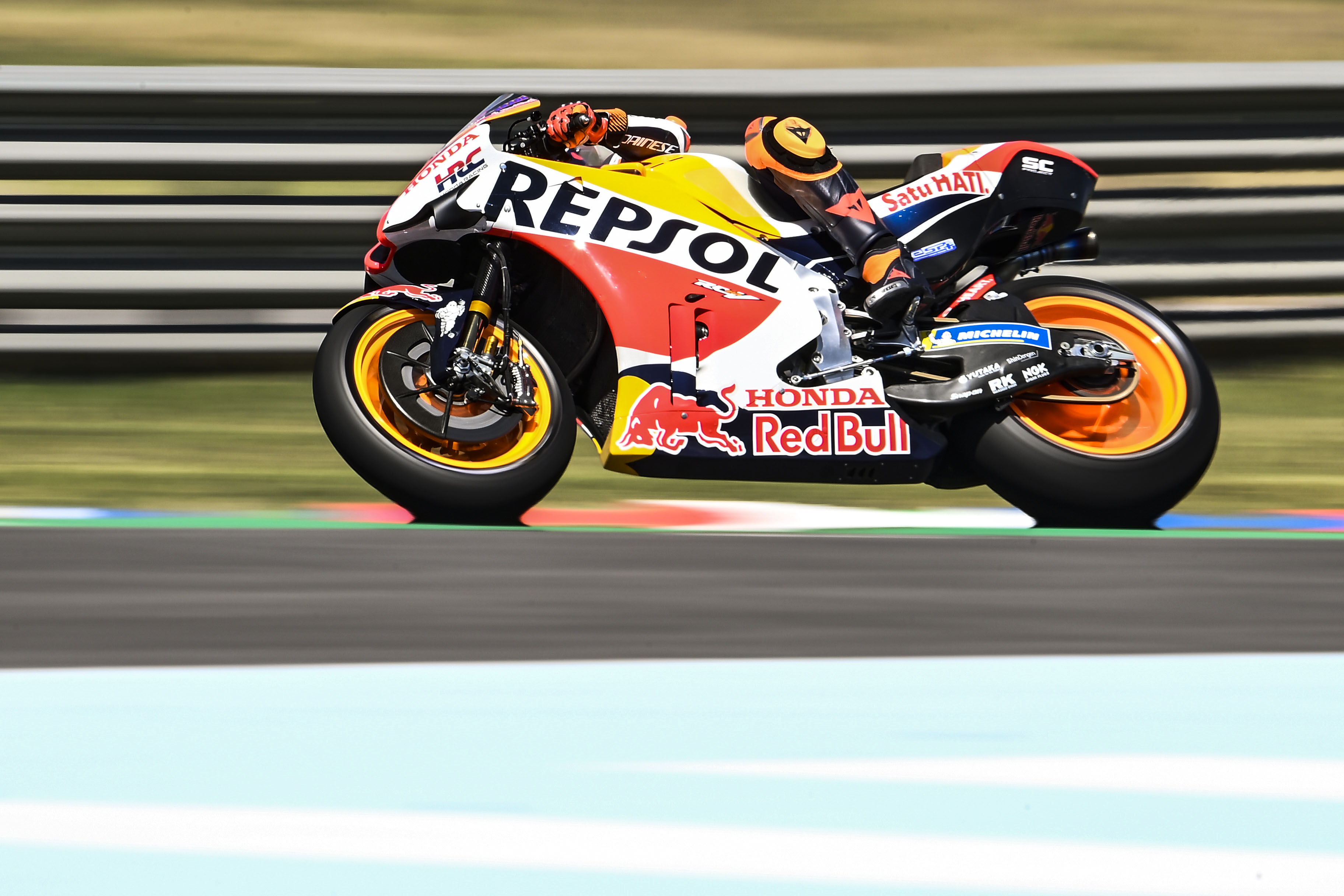
It’s also, if you ask the riders themselves, a question of rhythm. Bradl has spent a good chunk of the past three years as effectively a Honda race rider due to Marquez’s various ailments, but he’s always felt a step or two back – even before if you take into account the development research duties.
Mika Kallio was really good – really good – aboard KTM prototypes every few races in the early years of the programme, but when he was drafted in as a late-season replacement for Johann Zarco in 2019, potentially with a shot at making the gig his own permanently, those performances were no longer there.
And what of Pirro again, a test rider as good as you could hope for, twice a top-five finisher in the wet in his time at Ducati?
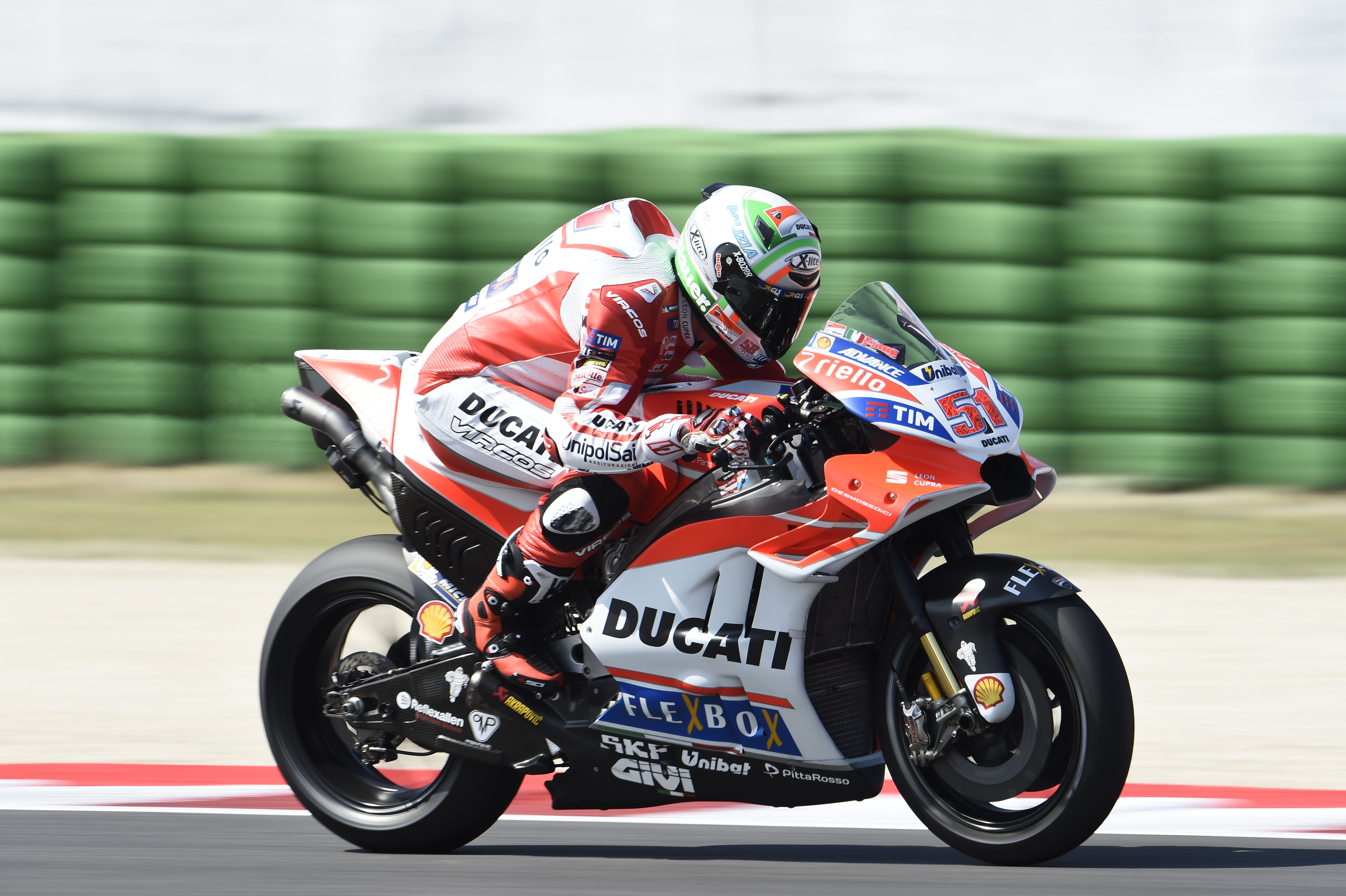
Outside of that, he has a pair of seventh places on Desmosedicis that weren’t the absolute juggernaut the bike is now. But in finishing seventh in 2016, he could afford to be 23 seconds off. In 2019 he was 13 seconds off. In 2022, the average deficit of the seventh-place finisher, wet races aside, was 10 seconds.
Perhaps the riders in question have just aged. Maybe a top prospect, who somehow isn’t busy with Moto3 and Moto2, will come along and immediately run towards the front – although in that case their status as a part-time rider will be extremely short-lived.
But, by and large, modern MotoGP just doesn’t seem to be built for star cameos. When it comes to a better, healthier, stronger grid, it is a small price to pay – but put on Valencia 2006 and you’ll see it is indeed a price.

